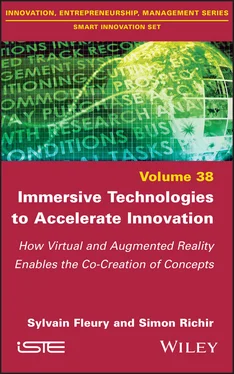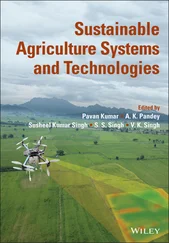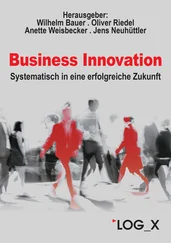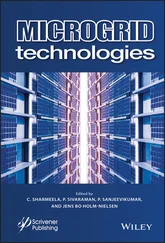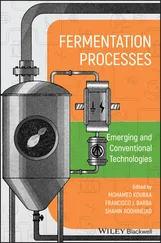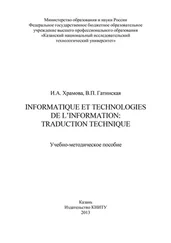Numerous scientific collaborations with researchers from our team or outside have also contributed to this work, in particular Olivier Christmann, Geoffrey Gorisse, Philippe Blanchard, Marc Pallot and Laurent Dupont.
The students of the MTI3D Master’s at the Institut Arts et Métiers de Laval contributed to this work by realizing some of the technology elements presented in this book.
Finally, thanks to Laurent Chrétien and the great team of Laval Virtual for their logistical support and for the regular exchanges on the uses of immersive technologies that have stimulated our creativity over the years.
September 2021
In this book, we regularly refer to research work conducted by our team at the Institut Arts et Métiers de Laval . It is therefore not superfluous to provide a few elements of context beforehand.
The École Nationale Supérieure d’Arts et Métiers is a French engineering school renowned for its orientation toward the industrial world. The Institut de Laval , attached to the Angers campus, has developed in conjunction with the Laval virtual reality ecosystem and in particular Laval Virtual, the organizers of the international virtual reality trade show. The institute manages the MTI3D master’s degree, which trains high-level students in the management and engineering of immersive technologies. The Institute’s researchers form the “presence and innovation” team of the “ Laboratoire Arts et Métiers ParisTech d’Angers ” (LAMPA). The work of the team concerns not only virtual reality, user experience and use cases of virtual reality in different industrial sectors (training, health, product design, etc.) but also innovation methods and creativity. Alongside research activities, the team is led to support companies in their adoption of immersive technologies and also in their innovation processes, notably through the animation of creativity workshops.
Within the framework of the Chair entitled Time to Concept, a series of work has been completed on immersive technologies for ideation. This work has enabled the formalization and evaluation of the Time to Concept method described in this book. It is therefore both a researcher’s viewpoint that is proposed and the result of a field experience built on the basis of tests and regular feedback in real situations.
September 2021
Humanity has always sought to innovate by inventing new products, services or manufacturing processes. Innovation is part of our DNA. The Renaissance (14th–16th centuries) was a period of greatness. Five hundred years later, we are now living in the “Renaissance 2.0”, a new period of major innovations, both great and troubled, that history will remember.
Collective intelligence, boosted by increasing network speeds and artificial intelligence, gives rise to new ideas every second across the planet. Like comets, most of these ideas fade away as quickly as they appeared, before being transformed into intelligible concepts that can be seized by the companies best equipped for innovation.
The digital transformation of companies is a competitive challenge and a complex step for large groups and industries, but at the same time a tremendous opportunity. This transformation is moving into another dimension with the development of immersive technologies and artificial intelligence. The challenge of innovation and digital transformation are now coming together as more and more research shows the potential of immersive technologies in accelerating the first steps in the innovation process.
1
Innovation Management: Issues and Key Points for a Vital and Strategic Process
Systematic innovation requires a willingness to see change as an opportunity . PETER DRUCKER
1.1. A question of survival
Every year since 1955, Fortune magazine has published a ranking of the 500 highest-grossing U.S. companies. In 2014, the American Enterprise Institute revealed that 88% of the companies initially included in this ranking were no longer in existence. Some had gone bankrupt, others were bought out, even though most of them had been flagships of American industry. As Joseph Schumpeter said, most companies die “of old age” when they are no longer able to innovate. Lack of innovation naturally leads established companies to disappear. These disappearances are accelerated by the arrival of new companies which, on the contrary, are born and develop in their wake. Innovation is therefore a question of survival, or at least of maintaining a dominant position.
1.1.1. The example of Blockbuster Video
Blockbuster Video is a famous example of a company that died of old age due to lack of innovation. Founded in 1985 in Dallas, the company operated a chain of VHS movie rental stores. It adapted to the evolution of video media, moving from VHS to DVD and video games. In 2000, Blockbuster had an option to buy the young California company Netflix for $50 million. Blockbuster’s executive at the time refused the deal because Netflix was losing money. In 2014, Blockbuster Video went bankrupt while Netflix raked in more than $5 billion in annual revenue. Netflix made all video rental companies obsolete in a few years. Blockbuster Video, in a dominant position, failed to make the paradigm shift that was needed at the time. The story was not over, as in 2019 and 2020, no less than six competing platforms came to the market with a technological and economic model similar to that of Netflix: Disney, NBC, Apple, HBO and Amazon. There is also room for “followers”; it is never too late to innovate.
1.1.2. A regime of intensive innovation
The challenge of innovation is to survive or to maintain one’s advantageous position. This is not new, of course, but innovation is even more crucial today than it was yesterday because we have entered a regime of intensive innovation (Hatchuel et al . 2000). On a global scale, the number of patents filed and scientific publications is constantly increasing. While it took more than 60 years to go from a 17 cm vinyl to a 12 cm CD, it took only 5 years to go from a digital music player to a subscription-based streaming service. This example illustrates the accelerating pace of innovation. MPO, the European leader in vinyl records, became the European leader in CDs and then DVDs after a successful technological transition. Moreover, the reduction in the number of vinyl records on the shelves has not disrupted the expertise of companies in this field, whereas the arrival of online listening platforms has made other media obsolete. This is the second characteristic of the era of intensive innovation: innovation is increasingly radical. Not only do disruptions happen more often, but they are also more brutal. Companies are therefore more and more subject to the risk of seeing their market disrupted and must adopt methods that allow them to transform this risk into an opportunity. Incremental innovation remains essential, but does not protect against the emergence of a disruptive competitor.
It is possible to prepare oneself to face this obligation of innovation, either through methods or tools. Innovation is a way of transforming ourselves to absorb the revolutions underway; the digital revolution in the broadest sense (including artificial intelligence, immersive technologies, supercomputers, etc.) is the one we are currently dealing with. It is also a way to adapt to the new constraints linked to the consideration of ecological issues, with a set of opportunities to be seized.
The impact of innovation as a process is considerable in the long run, but innovations as an outcome of the process are often small, incremental steps. We only hear the stories of very dramatic innovation, but most innovations are not. They are not original, nor technically complex, and often look like common sense in hindsight.
Читать дальше
